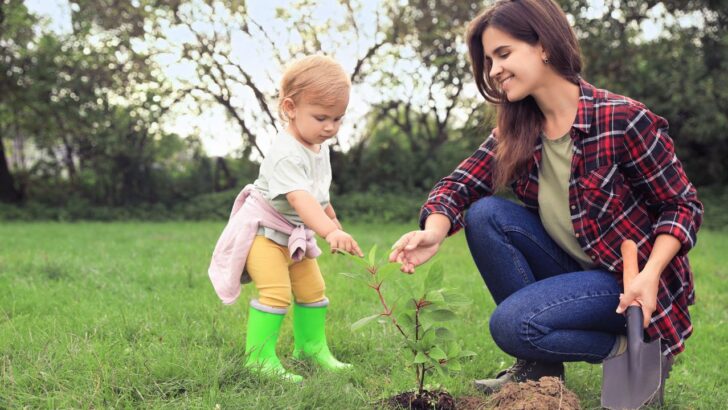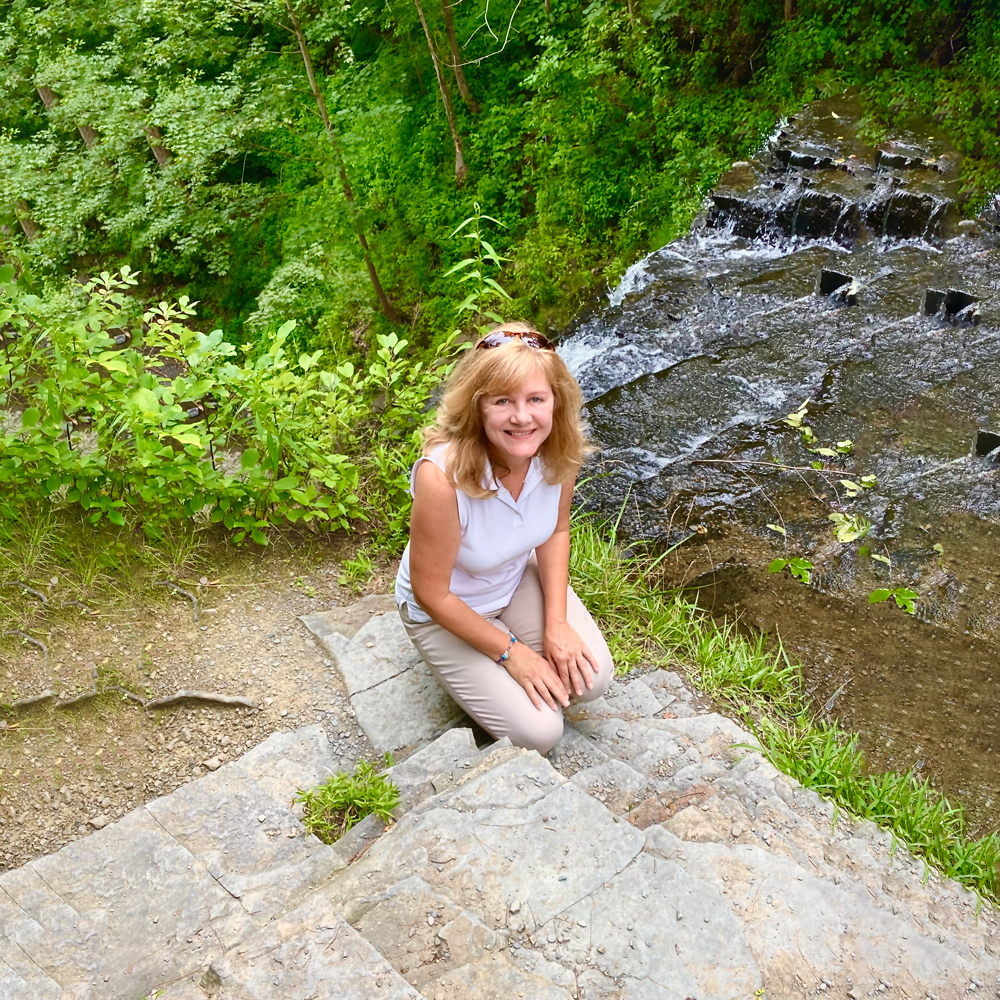Gardening is more than just a fun pastime. It’s relaxing and beneficial as well, especially when you have beautiful landscaping and home-grown food to eat as a result of it.
But, it’s also not the easiest task in the world. There are rules, and plants are living organisms that require a great deal of care, and some more than others. In learning how to garden, there will be mistakes. However, they are all learning experiences.
Here are some mistakes beginner gardeners often make and how to prevent them.
Going in Blind

The key to any successful project, including gardening, is to avoid going in blind. Do all the research you can, especially when it comes to the equipment you need (or don’t).
You’ll also want to research the types of plants that thrive in your region and the care they need, all before you go out and buy them. The last thing you want to do is throw away money.
Planting at the Wrong Time

Gardening is a timing game. Different plants grow at different times, and if planted too soon (or too late), they will not grow as bountiful as they could. Some won’t grow at all.
Planting too soon can damage plants — particularly those sensitive to cold — if a frost hits. Not to mention, the ground is often tough to dig before early spring. Plant too late, however, and you won’t get nearly as much out as you could. The important thing is to know when your first and last frosts typically take place, as well as the zone you live in.
Planting in the Wrong Place

Three main things plants need to thrive are: good-quality soil, water, and sunlight. If you plant in the wrong place, you may deprive your garden of one or more of these elements.
Another problem is that if you plant your garden out of sight, oftentimes, it’s out of mind, too. Choose a visible location where you can actively look over your plants, without forgetting they exist.
Planting Too Much

If you’re anything like me, you might tend to go a little gung-ho when you start a new project, gardens included. You get so into the idea that now you’ve got 15 different plants you want to grow, and…suddenly, you’re overwhelmed. Bigger gardens are a lot to care for.
It happens to the best of us. The excitement wins, and it won’t be the first time. However, when it comes to a beginner garden, simple is best. Get the hang of it with easier vegetables like lettuce and herbs, and then branch out each year.
Using the Wrong Soil

If you’ve never gardened before, you might think you can dig up any old dirt and plant seeds or seedlings, which will then take root and live their best lives. Sadly, you’d be wrong.
The soil quality is very important to a successful garden, whether you’re growing vegetables, flowers, or both. Take care to enrich the ground where you plan to plant by adding nutrient-rich soil. You’ll likely have to till the land to do so.
Planting Away From a Water Source

All plants need water to survive, though some are hardier than others and can stand up to the occasional drought. This is why it’s important to plant your garden within a reasonable distance of a water source.
The last thing you want to have to do is cart gallons of water (it’s heavy!) across a field. Consider the proximity to a hose or install an irrigation system to help keep those plants hydrated. They’ll thank you with lovely foliage and lots of crops to pick.
Crowding Your Plants

If you’re working in a small space, it can be tempting to plant your seeds close together, also known as crowding. Don’t do it. Though they are tiny, those seeds will sprout into much bigger plants, some of which are going to need the space.
Instead, read the instructions for each type of seed you’re planting and make note of how much room they need to grow. That way, your plants aren’t fighting for space or resources.
Not Preparing for Pests

Pests are just a natural part of life. They’re in our homes, and they’re in the garden — and we’re not just talking insects. You have to worry about bunnies, deer, and squirrels, too.
When it comes to insects, not all are bad. Ladybugs, lacewings, and bees, for example, help the ecosystem. But there are plenty that will destroy your plants if given a chance. Natural pesticides are your best friend here. With wildlife, you can put up fencing or wire to keep them out.
Forgetting to Harvest

Whoops! You went outside to pick that zucchini and now it’s too late. The texture is off, even if you can’t tell at first glance. It happens to all of us at one point in time or another.
The key is to pay attention to the harvest times outlined for each plant you grow. It’s not always as easy as looking at the crops and knowing whether or not they’re done by the color. This is something you’ll develop a feel for over time as you grow more, but in the meantime, there’s no harm in looking up the information.
Expecting it to Be Perfect

This one is a toughie because nobody likes to fail. However, we should look at those failures as a learning opportunity. Your first gardening experience will have some failures, but it will also have some successes. What it will not be is perfect. And that’s okay. Even seasoned gardeners still make mistakes and experience less-than-stellar outcomes.


